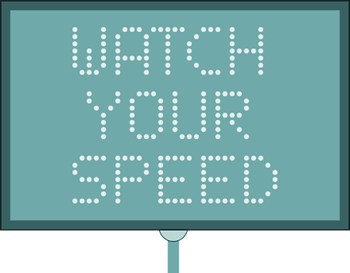GCSE Questions: Energy Sources Q9. The diagram shows an electric road sign.
(a) The road sign is powered by an electrical generator which has an efficiency of 40%. Complete the Sankey diagram in the grid belowfor an electrical generator which has an efficiency of 40%.
correct arrow widths 4 squares and 6 squares correct labels of useful and wasted energy [2 marks] (b) The road sign uses high efficiency LED bulbs. What does high efficiency mean? Tick one box.
[1 mark] (c) Some road signs are powered by batteries recharged by solar cells. In one sign the solar cells have a total power output of 200 W. Calculate the energy that the solar cells will transfer in 1 hour. P = E/t so, energy (in joules) = power (in watts) x time (in seconds) 200 W = 200 J/s 1 hour = 60 minutes = 60 x 60 seconds = 3600 s energy = 200 x 3600 = 720,000 (or 720 kJ)
[3 marks] (d) Some road signs are powered by batteries recharged by both solar cells and wind turbines. Give two advantages of having both solar cells and wind turbines available to recharge the batteries. any two from:
[2 marks] (Total 8 marks) |
Follow me...
|







